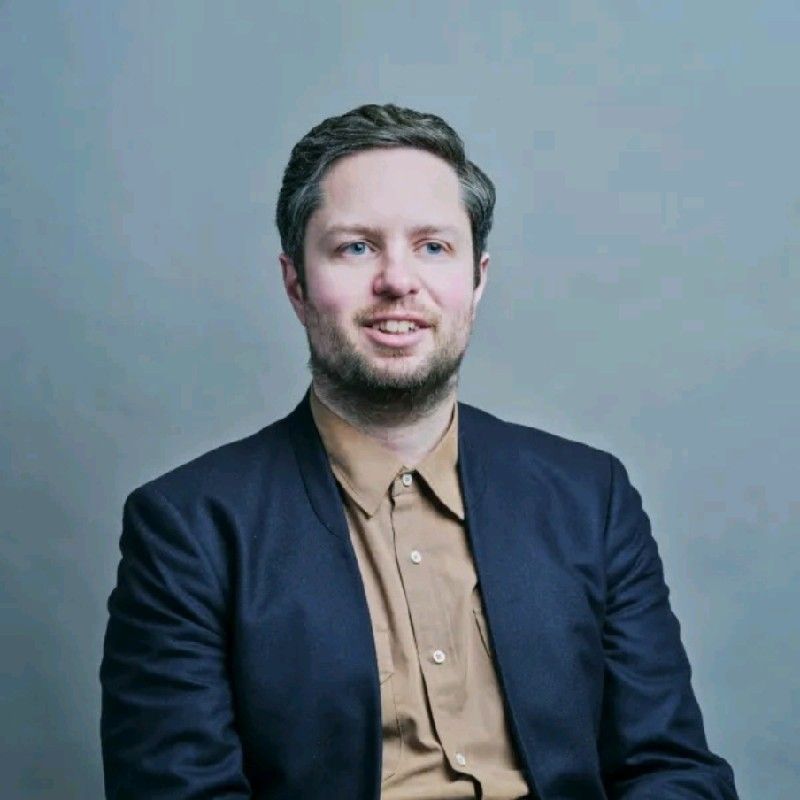St Edmund’s Hall: Passivhaus in a heritage context
A key part of this project’s development was to look carefully at how Passivhaus can be achieved sympathetically within a sensitive historic context, striking a balance between conservation principles and energy performance. The project provides high quality accommodation for 128 students with a mixture of new construction, refurbishment, and upgrades to the two Grade II Listed buildings on the site.
To help achieve their goal, the new college buildings utilised Passivhaus design while the refurbishment of the existing Victorian villa employed EnerPhit principles. Join the expert panel as they discuss:
- How do we preserve the character and condition of existing buildings while carrying out deep refurbishments?
- How do we build high-density accommodation on a heavily constrained site while limiting embodied carbon and optimising building form?
- What does a new Passivhaus building look like in a conservation area?
- What modern materials and methods of construction can be used to ensure low carbon outcomes?
- How do we achieve a significant biodiversity net-gain on a restricted and already bio-diverse site?
Speakers
Sponsored by:

)
)


